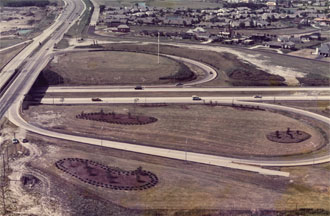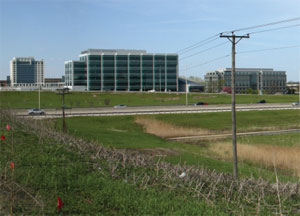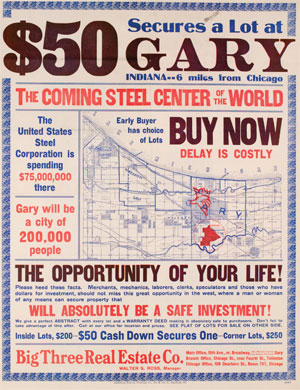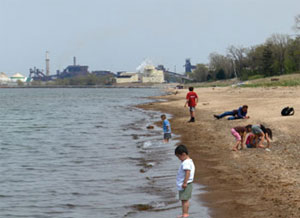Company Name
City and Region
Regional Challenges
Though the Plan of Chicago promoted the creation of outlying forest preserves and highways, it offered few specific recommendations for the layout of suburbs. Coordinating any improvements among hundreds of communities was also difficult. Nevertheless, with their focus on transportation, community hubs, and open space, Burnham and Bennett framed the challenges that the Chicago region would encounter over the next century.
Burnham and Bennett did not anticipate that automobile highways would accelerate the expansion of the suburbs as both residential and economic centers. From the 1950s on, new limited access expressways, such as Interstate 88 in Chicago's western suburbs, became magnets for growth. Housing sprang up on farmland near interchanges, corridors of industrial and office complexes stretched for miles, and sprawling shopping malls became centers of suburban life.
Burnham and Bennett's efforts to set aside open space and to improve transportation facilities that served industrial development were sometimes at odds. The Plan of Chicago encouraged industrial development in the Calumet region, but it also valued the preservation of the lakeshore as parkland. Corporations built giant steel mills at the south end of the lake because the area was convenient for ships carrying ore. In the 1960s, following years of dispute over parts of the distinctive Indiana Dunes, public policy sought to balance economic development with environmental concerns by coupling plans for the Port of Indiana with the establishment of Indiana Dunes National Lakeshore.






